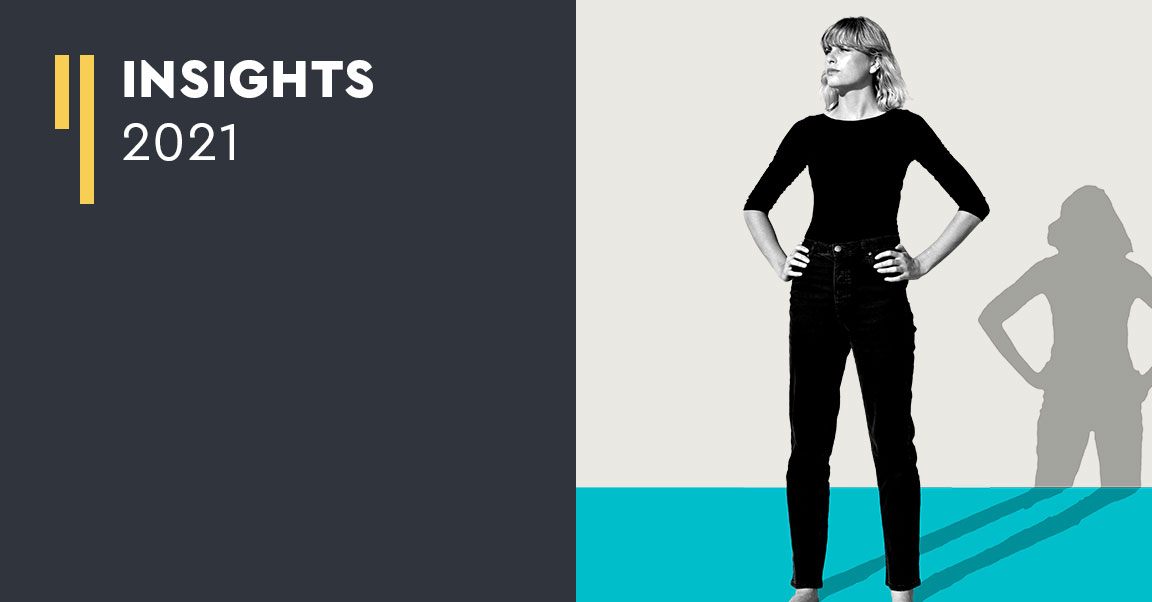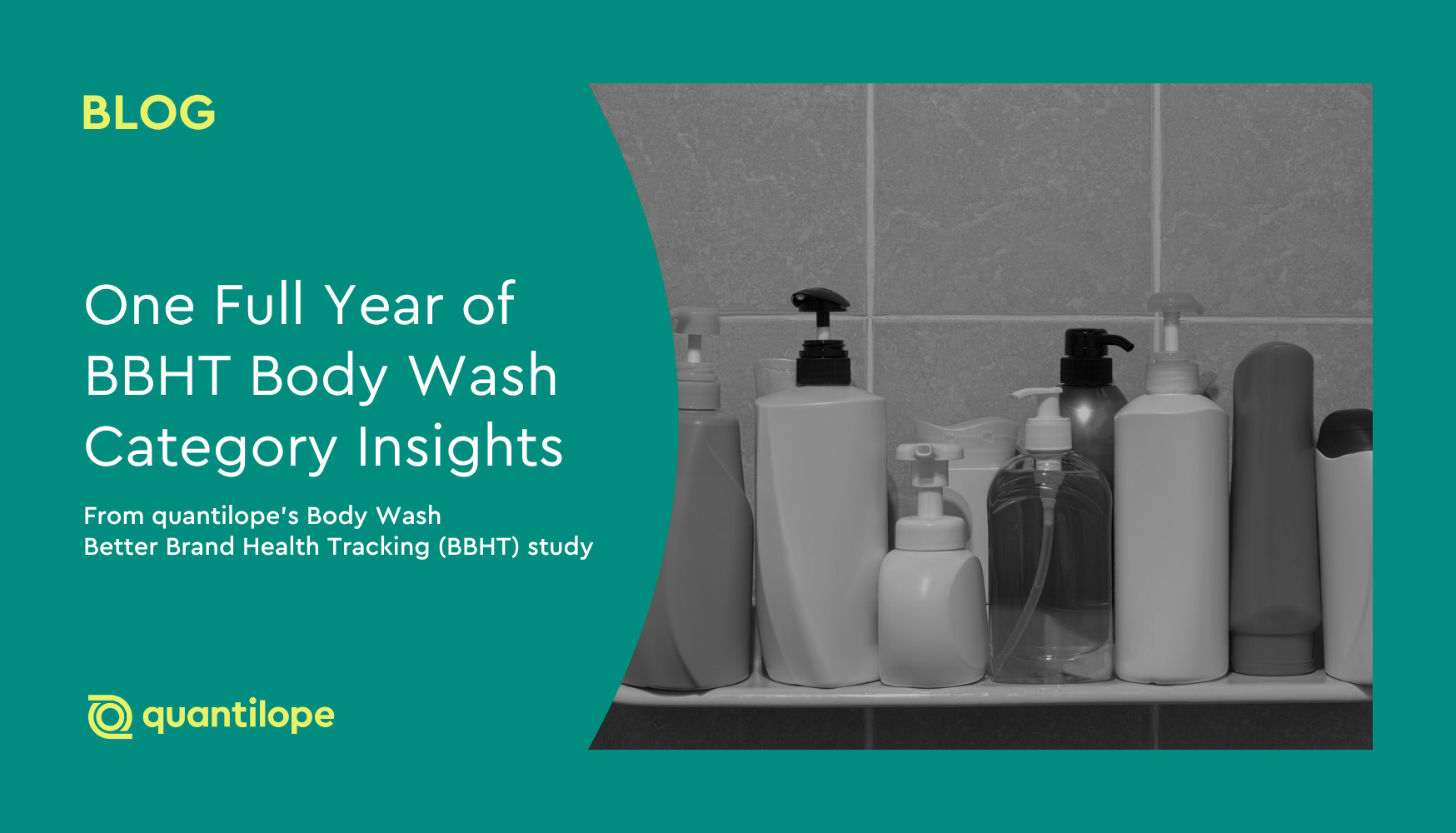quantilope’s Q4 Consumer Now Index Report provides a reflective data time stamp on what felt like one of the longest years to date.
Though it was a tough year for many reasons, there was a lot to learn about consumer behavior, especially as brands began to shift gears and find new ways to stay relevant in a never-before-seen consumer market where nearly all aspects of our lives were forced to go distant and digital.
The Consumer Now Index allows brands to continuously monitor consumers over time and inform them of changing needs. As each month’s data is automatically added to our publicly available interactive dashboard, equipped with live significance testing and detailed data point explanations, brands are able to quickly shift their focus in response to changes in consumer behavior without any behind-the-scenes effort required.
This past quarter provided particularly interesting insights as we navigated a presidential election and rising COVID-19 cases. Throughout the quarter, several key findings emerged from our monthly consumer data:
Overall well-being is generally stable over time, but not steadfast against big events in news and society.
- As seen with a 10% decline in consumer well-being between October and November, from 61% to 51% (around the time of the election).
- Gen Z consistently reports the lowest well-being among generations (34% in Q4) while Gen X is consistently among the highest (68% in Q4).
Consumers are at peace; it’s a slow motion to paradise.
- In Q4, at least two-thirds of consumers reported feeling calm (74%), happy (73%), relaxed (72%), glad (67%), at ease (66%), and pleased (66%).
Quality and price are non-negotiables when buying consumer packaged goods.
- And what are they buying? Millennials in particular have flocked to online resources for purchasing basic needs such as household cleaning products (27%) and hygiene items (32%) more than any other generation.
- Millennials and Gen X are also doing more online shopping for groceries (34% and 37%, respectively) compared to Gen Z (21%) or boomers (24%).
Travel isn’t dead, but short term rentals are the new hotels.
- In Q4, significantly more consumers (+3%) planned to increase their spending on adventures and tours (10%) than in Q3. Yet, anticipated spend did not increase for hotels & resorts, suggesting an increased popularity in short-term rentals such as Airbnb.
Eager for more? Dive further into these insights by downloading the full Q4 report below:




